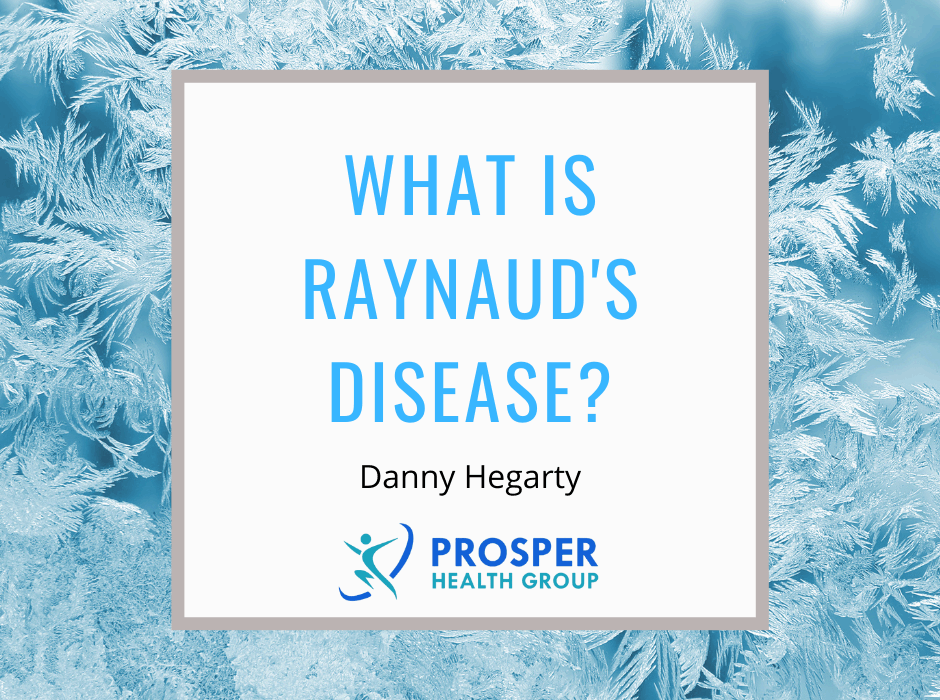Our Geelong based Podiatry clinics are seeing more and more presentations of Raynaud’s Disease now that winter is upon us. So what better time for a refresher on all things Raynaud’s!
What is Raynaud’s Disease?
Raynaud’s Disease is the name given when our small arteries that carry blood to our extremities constrict and don’t allow as much blood to freely pass through them. This is called vasoplasm.
So… It isn’t really a ‘disease’ as such and now also commonly goes by the name Raynaud’s Phenomenon.
Symptoms will usually be more noticeable in the colder months but can also be present in the warmer weather. Especially when moving from a hot environment to a colder one, for example when moving outside heat to inside air conditioning.
Genetics have a major influence on whether or not you’ll win the Raynaud’s lottery. As the responsible gene is more commonly passed down the female line it is more common in females and most people affected will exhibit symptoms under the age of 30.
What makes it worse?
There are the obvious factors such as cold weather or cold environments (such as a cool room, or standing in front of an open freezer) but there are other factors which can exacerbate symptoms.
Although less common stress can bring on symptoms as can certain medications, such as beta blockers and chemotherapy.
Also any type of common vasoconstrictor like nicotine and caffeine and heighten symptoms. So the lunch time coffee on a cold day could be a major reason for your cold fingers!
What’s the best way to treat Raynaud’s?
As with most medical ailments prevention is the current best remedy. So if you do suffer with Raynaud’s try and protect your affected areas from the extremes of the cold weather. This may mean;
- Wearing warm and appropriate clothing
- Avoiding known triggers such as nicotine and caffeine (Try a non-caffeinated tea or coffee)
- Exercise regularly to help maintain cardiovascular health
- Planning ahead for weather changes, i.e. bring extra socks and/or gloves to wear
- Use a topical vasodilator such as a chilblain cream during the colder weather. In the clinic we have great success with Alkiliene Chilblain Cream
Summary
For most people Raynaud’s is more a of annoyance than a serious concern. In bad cases symptoms can manifest into a chilblain which certainly worth taking precautions to avoid.
If you do experience Raynaud’s type symptoms book in and have your circulation tested, triggers identified and a plan to get through winter organised with one of our team.
Thanks for reading,
Danny Hegarty
Podiatrist
